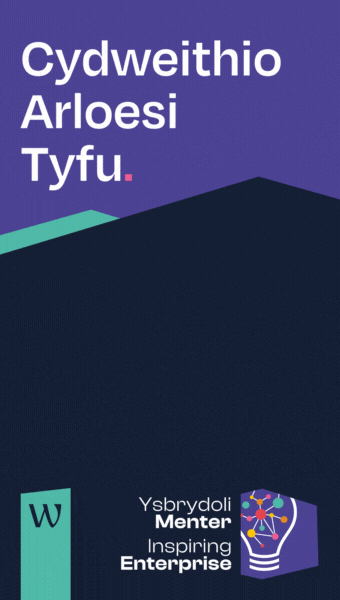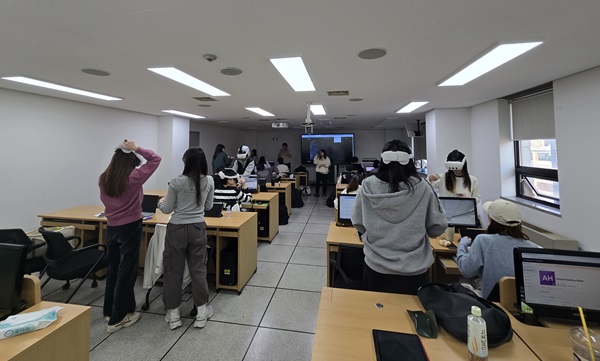Training company, Call of the Wild is offering companies guidance on how to maximise productivity for those working from home (or home working).
Working at home versus home working – understand the difference? Employers will need to grasp the nuance of each if they are to successfully utilise remote working, be it fully or partly, long term.
That is the view of Dr Barrie Kennard, head of professional practice at training company Call of the Wild. While the company has itself successfully transitioned from operating from a very physical environment to a hybrid physical/virtual one, it is now helping other companies do the same by helping managers understand some of the key differences around attitude and behaviour that can impact the productivity of employees.
He notes that since workers have returned from their summer holidays, many will now be back into a work routine. However, the remainder of this year and early next will be different. Many will still be based at home. In view of the length of time many have now been based at home, he argues that perceptions around where they work and how they work has changed over the last 20 months.
According to a recent ONS report, more than 25% of the working population have worked remotely since the beginning of the pandemic lockdowns in the UK.
Indeed, Call of the Wild pivoted its own offering away from leveraging the stunning, physical landscape of the Brecon Beacons, where it is based, to inspire learners to embracing the digital world and running its courses virtually. This has now evolved, with the relaxing of restrictions, into a hybrid online and face to face offer.
It designed this online offer in an innovative way, sending participants on some courses physical props to enhance their digital experience and filming real-life scenarios for use in training exercises where participants could select different outcomes based on their decision making.
In many ways, this benefitted the company. Suddenly, geography was no object, and it has been working with companies in the US and Europe as a result.
But its founders also increasingly realised that not everyone is working in the same way whilst working remotely. And they started to wonder why.
Dr Kennard says the company started compiling intelligence on the different factors that can impact productivity and attitude during home working, while devising solutions and fixes to improve the environment for staff.
To help companies grappling with this same problem, it devised a checklist companies can use with employees and can conduct a free audit for companies looking to maximise the productivity of homeworkers in the long term.

Dr Kennard says:
“We started to realise that there are many factors that affect how we work at home. The big thing to start with is the actual physical space available. Not everyone has the luxury of a dedicated home office; for many, the dining table or kitchen worktop becomes their work area and that has to be cleared away each day.
“In this case the work area may be accessed by others, which can be a source of distraction or embarrassment. In the early days of lockdown there was also the issue of home schooling and general childcare that also impacted on how the working day was organised. Many managers and leaders were required to understand the amount of ‘time juggling’ their staff were engaged in.”
But he says that almost 18 months since the first UK lockdown, and since Call of the Wild first started offering its training virtually, attitudes around working from home have changed – and the provision of companies matured. And he is keen to stress an important nuance that has emerged.
“There is a definite attitudinal difference between those who say they are working at home and those who say they are at home working. Could it be that it is the wording used that sets the comparative importance of the activity? Perhaps the phrase working at home suggests working has more importance whereas home working implies a reverse of priorities,” Dr Kennard says.
“It seems that if one is working at home then work is the primary activity for a set amount of time. Other tasks are completed at times to fit in with work breaks or around the set working hours. In contrast, when someone sees themselves as home working, the opposite is the case. Domestic/family tasks take precedence over work.”
He acknowledges that the difference is subtle, and everyone’s circumstances differ.
“If families assume that having someone at home who would normally be ‘at work’ means that they are available for family-related activities, they may exert pressure upon the home working family member. This provides a genuine problem of conscience when forced to choose between work and family time. Our audits have really helped to define the demarcation between the two.”
He suggests the best remedy for this is to actually ‘go to work’.
“The journey to work may only be into another room but by setting a mindset of travelling to a workplace it may be easier for everyone in the house to accept that you are at work.”
He also suggests setting regimented work times and break times and taking the time to call colleagues in the same way you would have a coffee chat. And he adds:
“The terminology for hybrid working of the future is smart working!”







